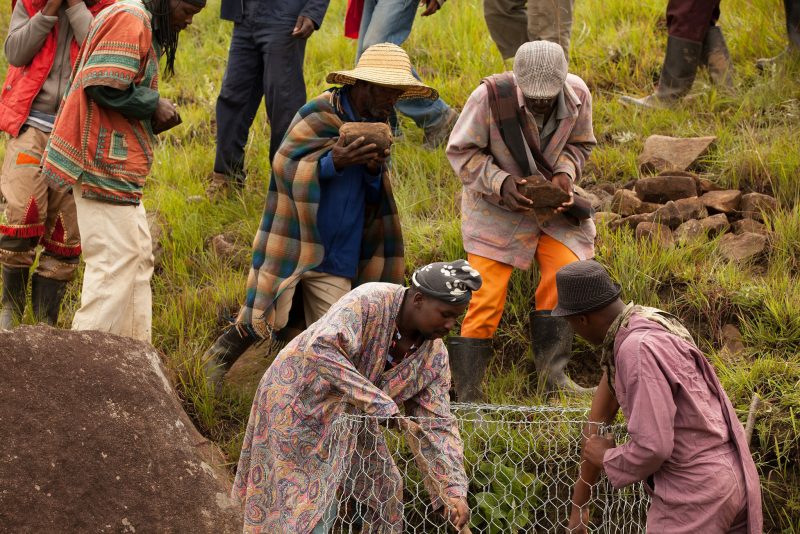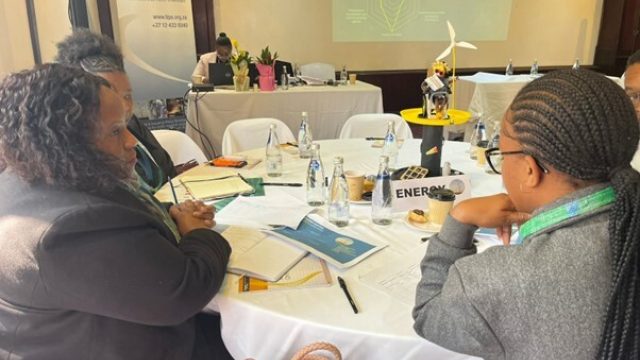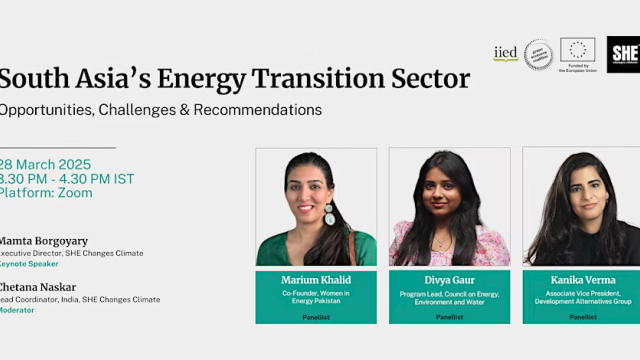How Fair Can Be Green
Exploring the connections between equality and sustainability

Inequality has risen up political, corporate and public agendas in recent years. Evidence now shows that inequality affects economic growth, wellbeing and sustainability, and even the stability of society and democracy. Consequently, the UN Sustainable Development Goals include the goal to reduce inequalities within and among countries.
At the same time, the world faces a huge sustainability challenge. With climate change, pollution, soil and water depletion, and the decline of biodiversity, there is an urgent need to improve environmental outcomes and switch to clean technology. Environmental goals also feature prominently in the SDGs.
Governments are under pressure to deliver change on both equality and sustainability, and sometimes that can lead to counter-productive policies. Measures to boost growth and raise people out of poverty can accelerate environmental decline. New clean energy infrastructure might exclude marginalised communities and lead to widening inequalities. Government departments can find themselves working against each other, inadvertently making it harder to meet targets and improve outcomes.
It doesn't have to be this way
These two challenges can be addressed together. There are many examples of policies that improve the environment and reduce inequality. By understanding more about how these two issues inter-relate, there is a better chance of avoiding counter-productive policies. Instead, policies can be put in place that have multiple benefits.
There are different kinds of inequality: income and wealth, gender, tribe or race. There are also inequalities of power or of opportunity. Many of these overlap, and some forms of inequality are usually talked about in terms of discrimination or prejudice.
This paper takes a broad view to look at patterns and themes in inequality as it relates to the environment. Who is excluded, and where? How do inequalities combine? Many of the problems are around different groups in society, rather than an individual’s position on an income scale.
There are no easy answers, but as examples from around the world demonstrate, there are recurring ways that marginalised communities are affected by the environment. In some instances, environmental policy has made the situation harder for the poorest, whereas others have redressed inequality and channelled benefits to those who need them most.
Most importantly, this paper shows what is possible: social and environmental benefits can go together. Development can be both fair and green.


